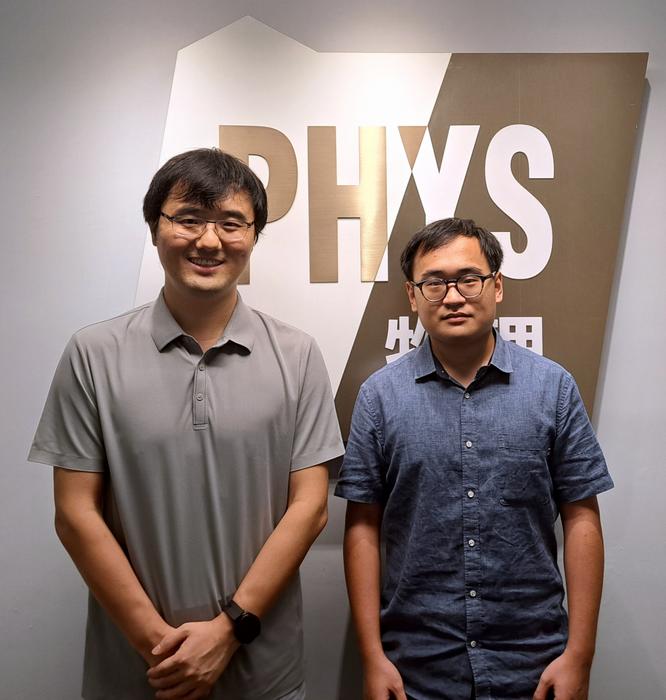A collaborative research team led by Prof. Junwei Liu, Associate Professor in the Department of Physics at the Hong Kong University of Science and Technology (HKUST), and Prof Jinfeng Jia and Prof Yaoyi Li from Shanghai Jiao Tong University (SJTU), has identified the world’s first multiple Majorana zero modes (MZMs) in a single vortex of the superconducting topological crystalline insulator SnTe and exploited crystal symmetry to control the coupling between the MZMs. This discovery offers a new pathway to realizing fault-tolerant quantum computers, which is published in Nature*.
A collaborative research team led by Prof. Junwei Liu, Associate Professor in the Department of Physics at the Hong Kong University of Science and Technology (HKUST), and Prof Jinfeng Jia and Prof Yaoyi Li from Shanghai Jiao Tong University (SJTU), has identified the world’s first multiple Majorana zero modes (MZMs) in a single vortex of the superconducting topological crystalline insulator SnTe and exploited crystal symmetry to control the coupling between the MZMs. This discovery offers a new pathway to realizing fault-tolerant quantum computers, which is published in Nature*.
The newly published work collaborated by the theoretical group at HKUST and experimental group at SJTU, took a completely different approach by taking advantage of the unique feature of crystal-symmetry-protected MZMs to eliminate these bottlenecks. They demonstrated for the first time the existence and hybridization of magnetic-mirror-symmetry-protected multiple MZMs in a single vortex of the superconducting topological crystalline insulator SnTe, using controlled methods that do not require real space movement or strong magnetic fields (Fig. 3), leveraging their extensive experience in low-temperature scanning tunneling microscopy, high-quality sample growth, and large-scale theoretical simulations.
The experimental group at SJTU observed significant changes in the zero-bias peak, a strong indicator of MZMs, in the SnTe/Pb heterostructure under tilted magnetic fields (Fig 4a-b). The HKUST theoretical team subsequently performed extensive numerical simulations to unambiguously demonstrate that the anisotropic responses to tilted magnetic fields indeed originate from crystal-symmetry-protected MZMs. By utilizing the kernel polynomial method, they successfully simulated large vortex systems with hundreds of millions of orbitals, enabling further exploration of novel properties in vortex systems beyond just crystal-symmetry-protected MZMs. The research opens a new frontier for detection and manipulation of crystal-symmetry-protected multiple MZMs. Their findings pave the way for the experimental demonstration of non-Abelian statistics, and the construction of new types of topological qubits and quantum gates based on crystal-symmetry-protected multiple MZMs.
*Note: Prof. Junwei Liu from HKUST, Prof. Yaoyi Li from SJTU, and Prof. Jinfeng Jia from SJTU are the corresponding authors. Chun Yu Wan from HKUST, Dr. Tengteng Liu from SJTU and Dr. Hao Yang from SJTU are the co-first authors.
Journal
Nature
DOI
10.1038/s41586-024-07857-4
Method of Research
Experimental study
Subject of Research
Not applicable
Article Title
Signatures of hybridization of multiple Majorana zero modes in a vortex
Article Publication Date
28-Aug-2024





